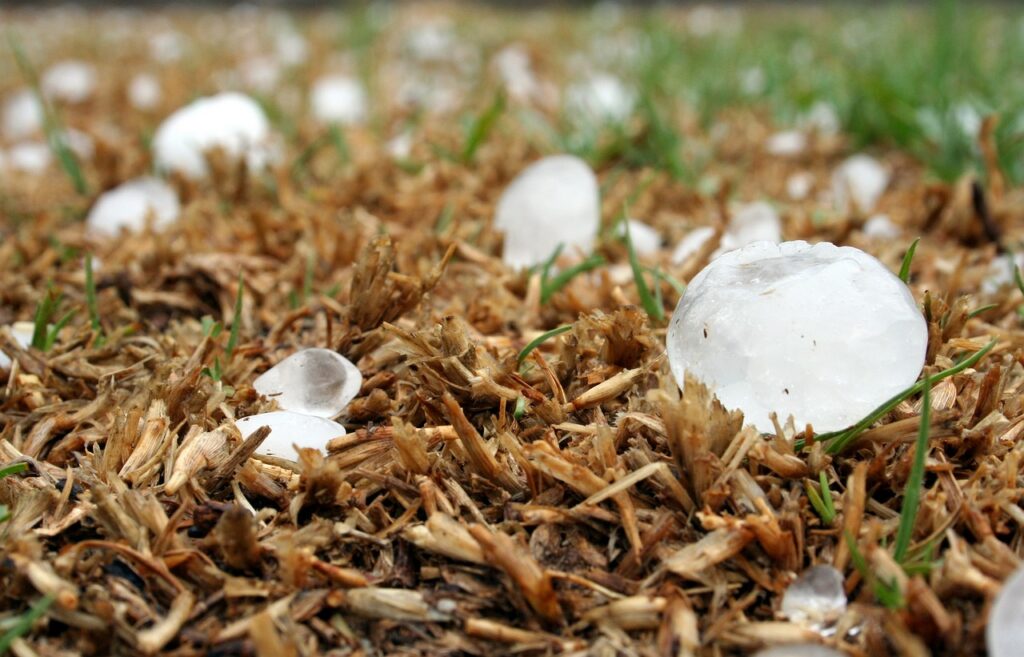Those in agriculture are keenly aware of risk. Commodity prices, labor availability and regulations all impact their businesses. The most unpredictable risk factor, however, is severe weather.
Seed corn production is particularly sensitive to severe weather events. Heat waves, hail storms and high winds can have a devastating impact. It can be especially destructive if one occurs just prior to, or during, pollination.
Historically, seed companies could rely on excess inventory from other companies to support a seed production shortage. Seed corn inventory levels are much lower and lineups are more unique. Lower quality or older genetics may be readily available, but high-quality, elite genetics can be hard to find or expensive.
Today, the best way to reduce the risk of seed loss from a weather event is to diversify seed production placement.
Below are a few steps that will help mitigate risk from an isolated weather event.
Spread Production Geographically
For the most important hybrids, it’s key to split the production between at least two locations with different weather patterns. Violent storms can cut wide paths, so the two placements should be at least 100 miles apart. For smaller quantity hybrids where planting two fields may not be practical, make sure similar products are not planted in the same area. For example, if you split up the 100- to 105- day maturity seed corn hybrids, you can substitute one hybrid for another in the case of an isolated weather event.
Span Production Over Time
Seed corn production, specifically, can be especially sensitive to both high daytime and nighttime temperatures during pollination. In addition to spreading by geography, we recommend spreading the planting dates for different fields so the pollination occurs with a two-week spread. This will help to mitigate the impact of a short-term heat wave.
Know Field Placement
Spreading seed production by geography and planting date reduces risk. That’s why it’s so important to know the production location of every hybrid, and transparency is a huge part of the equation when working with a seed production company. As I have written about in previous columns, there are just a few major seed corn production areas in the United States, so merely placing seed production with multiple companies might not actually spread the risk. This is especially true since some production companies outsource contracts to other producers and some do not disclose the field locations.
In short, the best way to mitigate risk is to partner with a seed production company that can deliver on all three. It’s how you’ll know the planting locations and pollination timing are properly spread, giving you peace of mind knowing you’ve taken tangible steps to have the best year possible.








